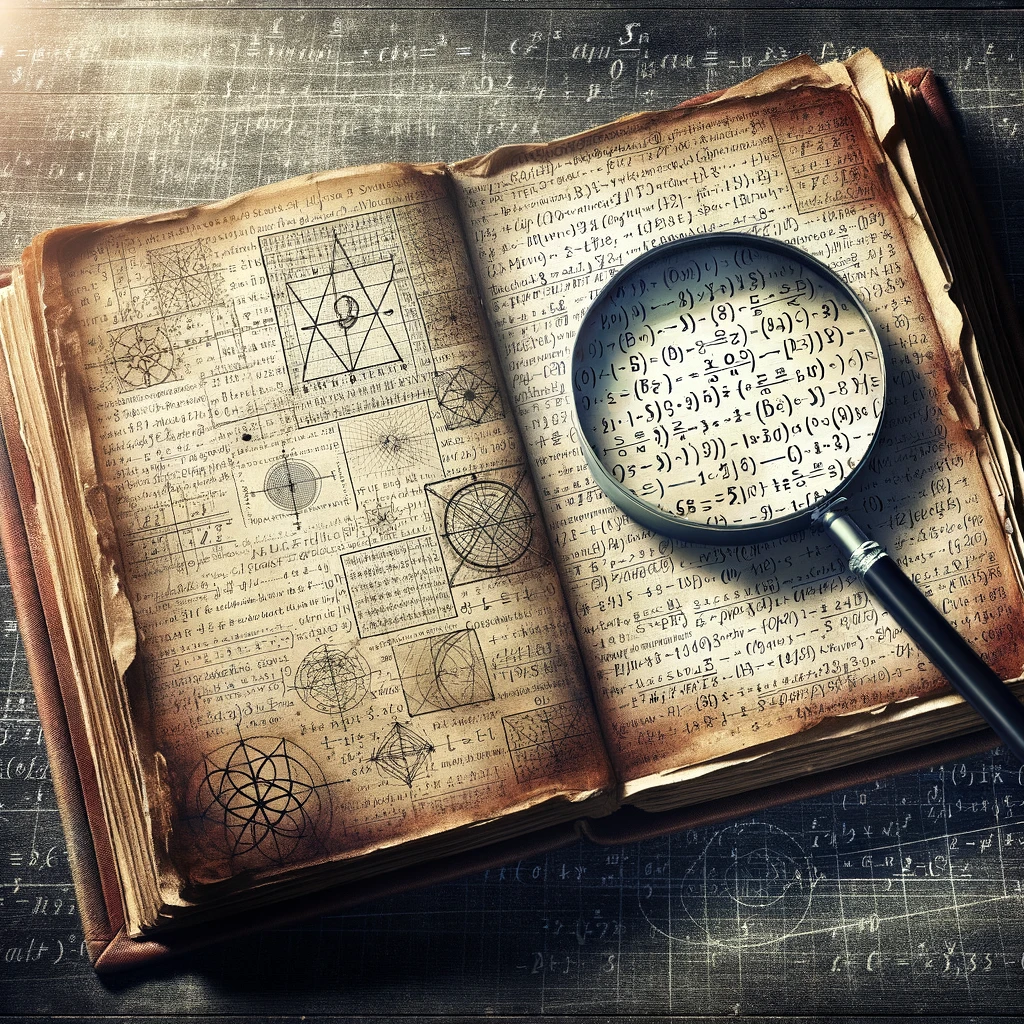
The Enigma of Numbers: Srinivasa Ramanujan Through the Eyes of G. H. Hardy

Early Life and Self-Education
The Prodigy from India
Born in Erode, Tamil Nadu, India, Srinivasa Ramanujan displayed an early aptitude for mathematics. Despite limited formal education and resources, he was largely self-taught, devouring mathematical texts and developing his own theories.
The Uncanny Gift
Ramanujan had an extraordinary ability to understand and remember the properties of numbers. His intuition for mathematical patterns was almost supernatural, earning him a reputation as a prodigy in his local community.
The Hardy-Ramanujan Collaboration

The Meeting in Putney
One of the most iconic moments in the history of mathematics was the meeting between Ramanujan and G. H. Hardy in Putney, England. At the time, Ramanujan was ill and receiving medical treatment. Hardy visited him and mentioned that the taxi cab number, 1729, seemed rather dull.
The Story of 1729
To Hardy’s astonishment, Ramanujan immediately responded that 1729 was, in fact, a very interesting number. He explained that it was the smallest number that could be expressed as the sum of two cubes in two different ways. This anecdote has since become legendary, exemplifying Ramanujan’s deep understanding of numbers and his ability to see patterns that eluded even seasoned mathematicians.
Contributions to Mathematics
Number Theory and Beyond
Ramanujan’s work in number theory has had a lasting impact on the field. His contributions extend to analysis, infinite series, and continued fractions, among other areas.
The Ramanujan Legacy
Even after his untimely death at the age of 32, Ramanujan’s work continues to inspire mathematicians and researchers. His notebooks, filled with unproven theorems and ideas, are still being studied and proven today.
Conclusion
The story of Srinivasa Ramanujan serves as a testament to the boundless possibilities of the human mind. His collaboration with G. H. Hardy not only enriched the field of mathematics but also provided a compelling narrative of mentorship, discovery, and intellectual camaraderie. As we continue to delve into the complexities of numbers and equations, the legacy of Ramanujan serves as a beacon, illuminating the path for future generations of mathematicians.
This article aims to offer a comprehensive look at the life and contributions of Srinivasa Ramanujan, with a special focus on his relationship with G. H. Hardy. It serves as a resource for teachers, students, and researchers interested in the history of mathematics and the extraordinary individuals who have shaped it.